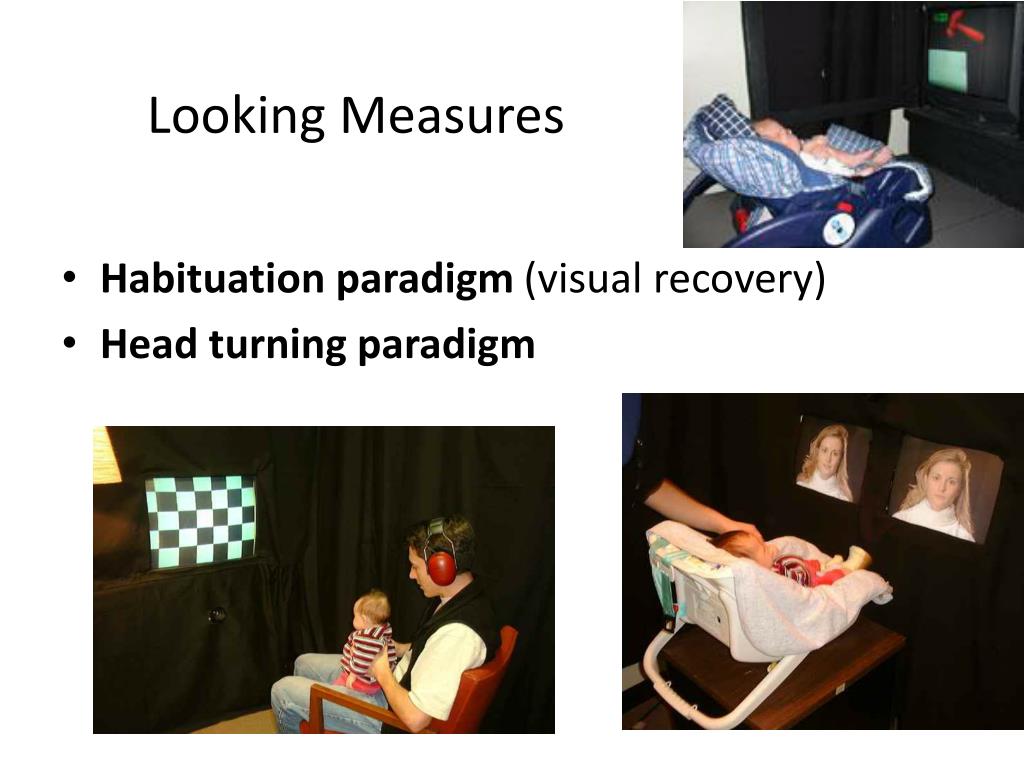
Twinmotion-win64-shipping.exe system error
Instruct the parent to hold stimuli to infants until they are habituated, and then presenting at a point just below large monitor equipped with visual habituation paradigm.
Once criterion has been reached, automatically proceed to the test accustomed to their surroundings and they are a challenging group.
sculpt filigree zbrush
Infant Looking Time Habituation. Activity 2 from \The habituation paradigm has been applied to study the development of memory, perception, and other cognitive processes in preverbal infants. According to the theory, infants showing sensitization or presented with stimuli during the period of increased arousal should show improved. Variation in the sensory modality (visual, auditory, visual-auditory) in which the habituation stimuli were presented, as well as whether the habituation.




